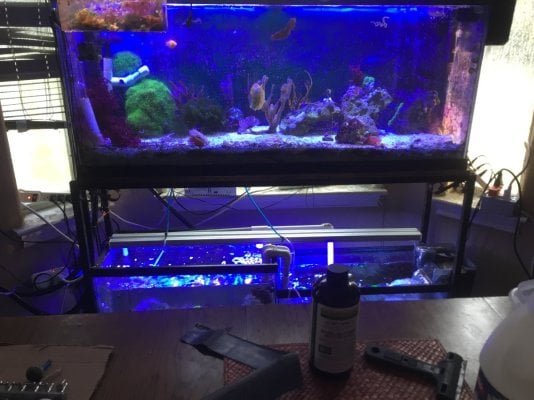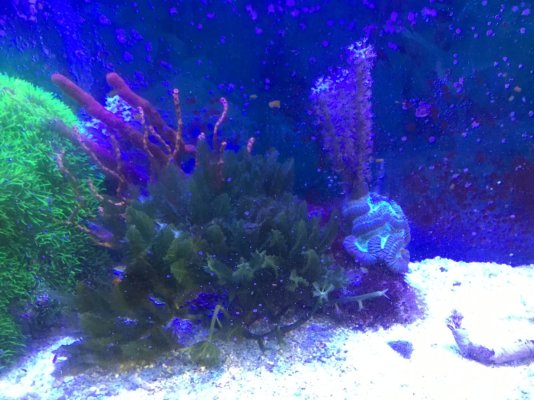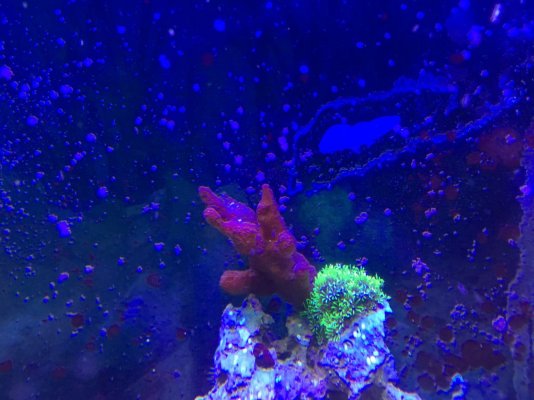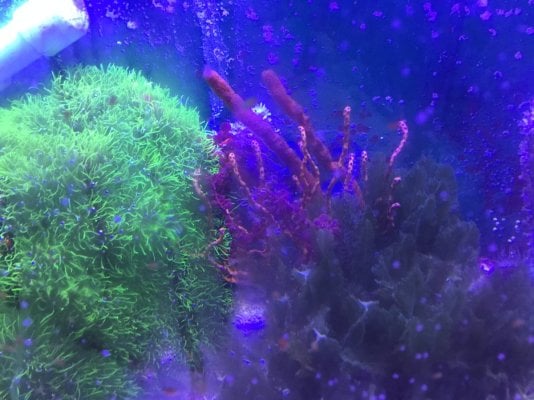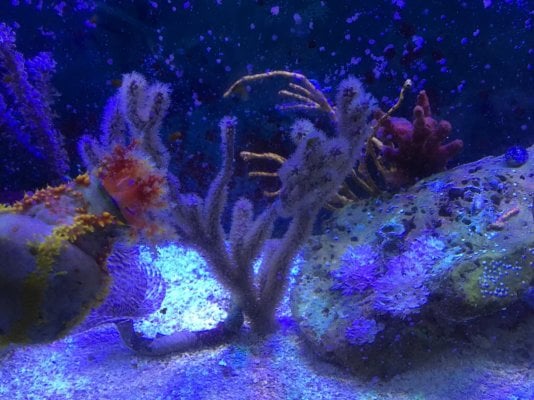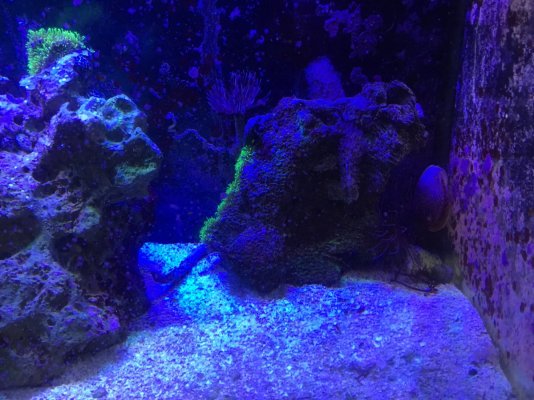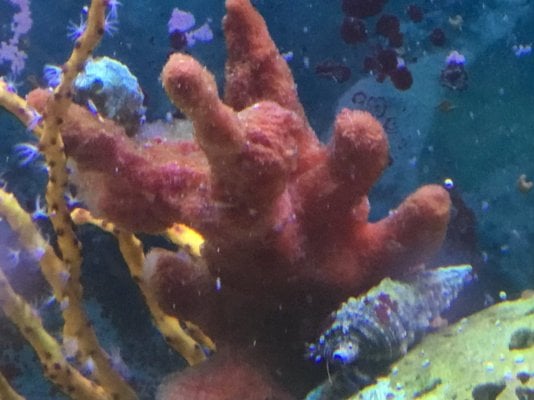Does anyone have experience keeping a sponge only aquarium? If so where can I purchase sponges. I've only found a few online.
Navigation
Install the app
How to install the app on iOS
Follow along with the video below to see how to install our site as a web app on your home screen.
Note: This feature may not be available in some browsers.
More options
You are using an out of date browser. It may not display this or other websites correctly.
You should upgrade or use an alternative browser.
You should upgrade or use an alternative browser.
Sponge Tank
- Thread starter Weaverjay101
- Start date
- Tagged users None
I have several sponges, red ball, elephant ear, etc. that are several years old. They are difficult to keep and the tank must be years old. My sponges are in a tank that is 27 years old.Does anyone have experience keeping a sponge only aquarium? If so where can I purchase sponges. I've only found a few online.
I would guess you might need something else in there like perhaps some macro algae too? or gorgonian, things found in and around where sponges are dominant? guess though 100%
For the super brief explanation, you need the right foods in relatively large quantities, the right flow, and the right elements:
Food/feeding:
-Isochrysis galbana (T-Iso) or a blend of phyto containing it is a good idea.
-Bacteria, Cyanobacteria, Dissolved Organic Matter (DOM), Particulate Organic Matter (POM), possibly Diatoms, etc. are good food for sponges, so things like stirring the sandbed and basting waste off of the rocks in the tank with the sponge may be helpful (I know this may not be possible depending on the tank, but finding ways to get bacteria into the water for the sponge to filter is a good idea).
Your sponges probably won't feed on Reef Roids, as the food in Reef Roids is too big (I've seen it stated at 150-200 microns, most of the food consumed by sponges is DOM, which is smaller than 1 micron; even the larger foods like the T-Iso are only like 6 microns at the largest).
Flow (and Light):Most sponges that I’ve looked into primarily consume Dissolved Organic Matter (DOM - sometimes called Dissolved Organic Carbon, or DOC, which is actually a component of DOM) and specific kinds of bacteria (which kinds vary at least a little from one sponge to another). Most of them seem to have no preference for where their DOC comes from, but they have a preference for algal-derived Dissolved Organic Nitrogen (i.e. DON produced by algae). Giant Barrel Sponges and some Boring Sponges have had their diets analyzed, and they primarily consume DOM (~80% of their total diet, with the remaining ~20% coming from Particulate Organic Matter (POM - primarily phytoplankton and bacteria, though, as mentioned above, bacteria is taken in much higher quantities than phyto). This ratio of approximately 80/20 seems to be pretty typical(though it can vary from what I've seen by +/-15% or so one way or another) for most sponges from what I can find.
I recommend reading both quotes below for flow.
If you do some reading on sponge keeping here on R2R, you'll probably find pretty quickly that most people recommend low lighting low flow for sponges (exceptions for photosynthetic sponges), but the truth is this also depends on the sponge species. The most common photosynthetic sponges in the hobby are the photosynthetic plating sponges (like you can find/buy on LiveAquaria's site), but there are quite a few other sponges that are photosynthetic too (such as Aplysina cauliformis, for example), and these would benefit from high lighting. Similarly, some species of sponge do best in very high flow areas, including high flow areas with laminar flow (a lot of people talk about random flow on the site, which would be called turbulent flow, as they're trying to get the water moving basically randomly throughout the tank - laminar flow is just a continuous flow that doesn't change, so the water keeps going the same direction nonstop and there's nothing random about it). If you're not sure if the sponge is photosynthetic or not, you can try starting it in one lighting (such as low lighting), see how it does and then compare it to a different lighting (moderate or high) and figure out its needs from that. Same with the flow. Light will probably be the most important part for photosynthetic species and the food/flow the most important for NPS species - some people have found stirring up their sand to be an effective food source for sponges, likely because it puts bacteria and DOM into the water column. It’s probably safest to start low light/flow and move up, rather than starting high and moving lower.Elements:Should you decide to try and keep any of the sponges you're interested in, take note if you can of the sponge's surroundings and the flow it's in - if you can't do that, the link below may help you figure out sediment and flow preferences for any sponges you want to keep (the graphical abstract close to the top is a visual representation of the info presented). https://www.sciencedirect.com/science/article/pii/S1470160X21004714
Basically, most sponges need silicates, and many need other elements that we don't often test for in tanks - I've heard of people having good anecdotal success with dosing ChaetoGro, so I'd probably recommend that at this point for meeting the other elemental needs of the sponges.

Help Please: Orange Tree Sponge not doing well. Suggestions?
I have been keeping an orange tree sponge successfully for about 6 months. It was growing slowly but showing good color. Last week the sponge was knocked off its toothpick mount onto the sand bed. After being reset in the same spot it started to show white polyps and is now shrinking in size on...
 www.reef2reef.com
www.reef2reef.com
This set up is 3 years old. Tank was started with diver collected live rock & live sand. Some sponges came in with the live rock. I get biodiversity from two other sources:Does anyone have experience keeping a sponge only aquarium? If so where can I purchase sponges. I've only found a few online.
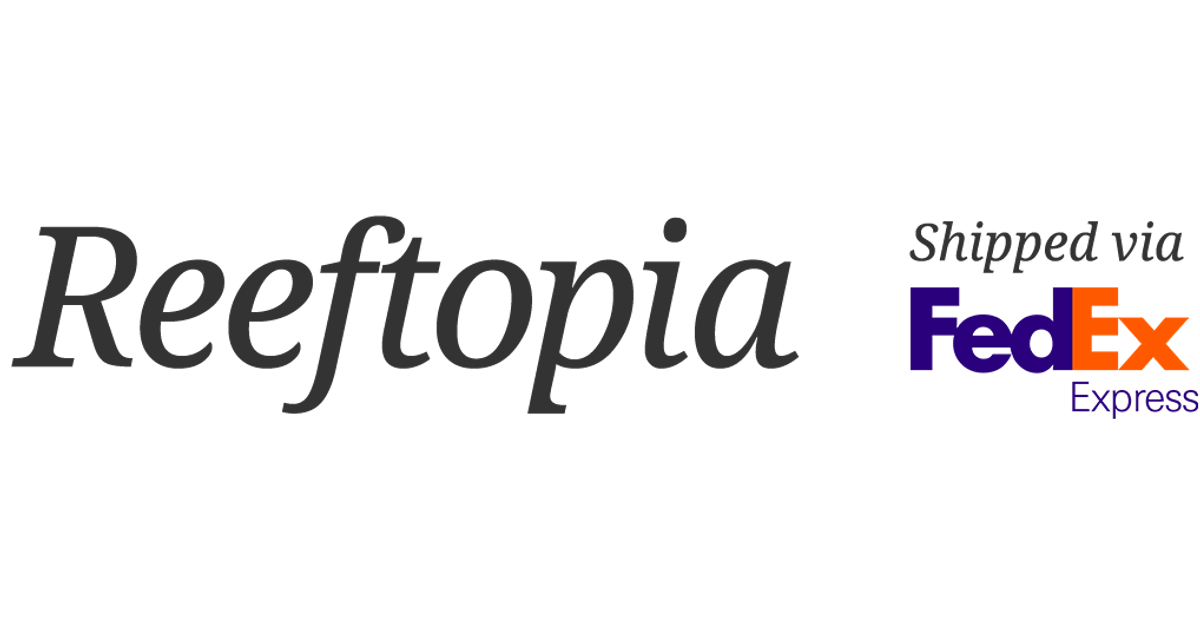
Your Source for Saltwater Invertebrates & Fish | Reeftopia
Welcome to Reeftopia! We have over 40 years of experience in selling saltwater invertebrates and reef compatible fish to aquarium enthusiasts around the U.S.
reeftopia.com
Macro Algae: Your Source For Quality Marine Plants and Macroalgae | Gulf Coast Ecosystems
We specialize in saltwater Macroalgae and Seagrass | GCE has the largest selection of Macroalgae online, offering over 35 different species
www.live-plants.com
Gulf Live Rock.com
 gulfliverock.com
gulfliverock.com
Attachments
What par do you have your sponges at? I thought they get smothered by algae if the light is too bright.This set up is 3 years old. Tank was started with diver collected live rock & live sand. Some sponges came in with the live rock. I get biodiversity from two other sources:

Your Source for Saltwater Invertebrates & Fish | Reeftopia
Welcome to Reeftopia! We have over 40 years of experience in selling saltwater invertebrates and reef compatible fish to aquarium enthusiasts around the U.S.reeftopia.com
Macro Algae: Your Source For Quality Marine Plants and Macroalgae | Gulf Coast Ecosystems
We specialize in saltwater Macroalgae and Seagrass | GCE has the largest selection of Macroalgae online, offering over 35 different specieswww.live-plants.com
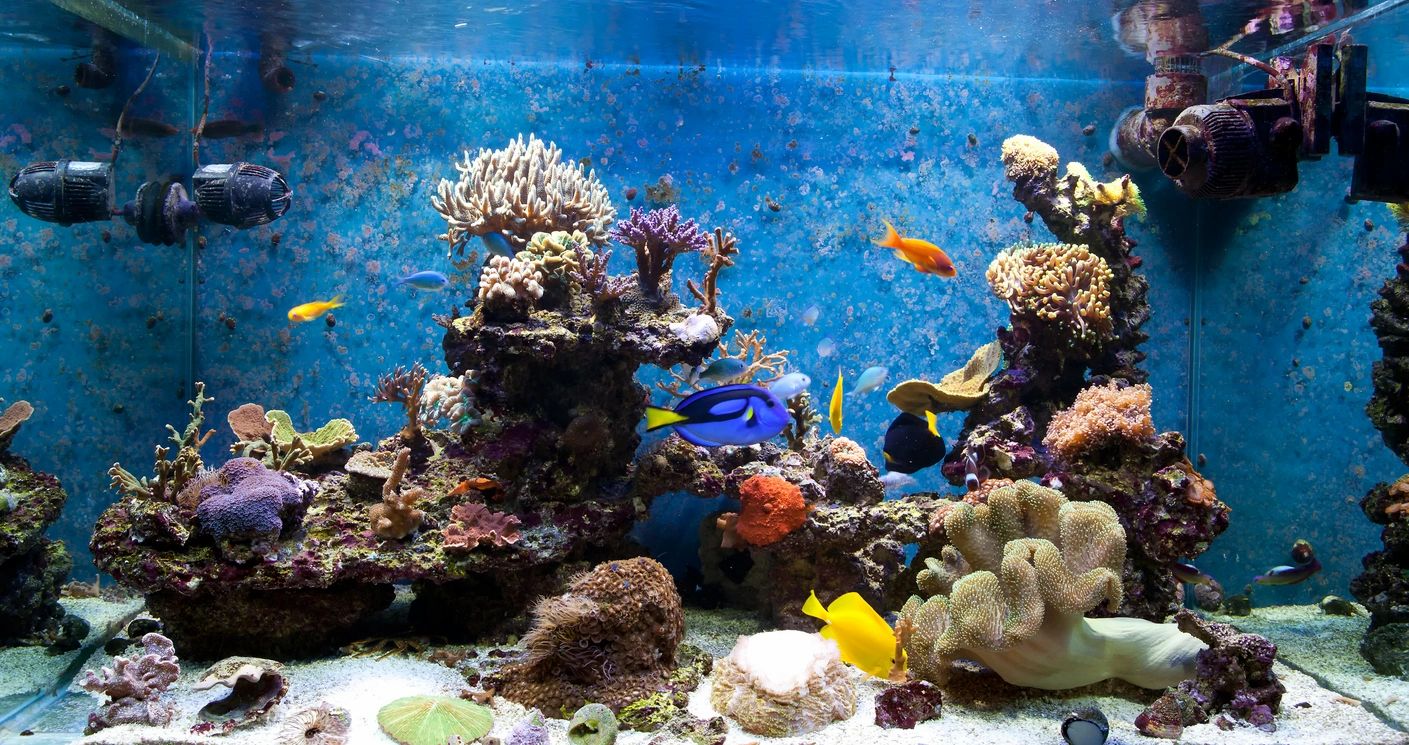
Gulf Live Rock.com
gulfliverock.com
I don’t measure par. The light is bright enough for softies, Gorgonians and macro algae.What par do you have your sponges at? I thought they get smothered by algae if the light is too bright.
Attachments
So its at least 50 par then. I'll do some measurements in the bottom of my tank and see what I'm at.
Just curious, but have you had any of your sponges reproduce?I don’t measure par. The light is bright enough for softies, Gorgonians and macro algae.
No. They grow back from grazing fish.Just curious, but have you had any of your sponges reproduce?
Let’s park here.What par do you have your sponges at? I thought they get smothered by algae if the light is too bright.
Yes, some sponges succumb to biofouling from algae and Cynobacteria. On the reef, herbivores keep sponges clean. In display tanks, I have noticed angels, tangs and lawnmower blennies grazing on sponge biomass and sponge regenerating tissue quickly. I sometimes use a toothbrush to deal with nuisance algae on sponges and remind myself to get more janitors: hermits, snails………
Note the two janitors working on red tree sponge that is intertwined with a deepwater nps Gorgonion both are under two 110W led light bars. I would guess that PAR is >100?
For the picture, I removed the blue light bar, so the picture is under 10K color spectrum at 50PAR.
In speaking with Russ Kronwetter, diver/owner of live plants, he collects sponges of several variety both in bright open areas and on shaded ledges. He further added that robust circulation is a critical parameter for success.
These are the two ornamental sponges that I have had the most success with.
Attachments
27 years old??? that's awesome, congrats!I have several sponges, red ball, elephant ear, etc. that are several years old. They are difficult to keep and the tank must be years old. My sponges are in a tank that is 27 years old.
@dennis romanoJust curious, but have you had any of your sponges reproduce?
Actually, I have had a red ball sponge sprout from Gulf live rock one year after it was placed in 25 year mature display. Technically, not from a sponge previous in tank.
https://www.reef2reef.com/threads/sponge-dominant-mixed-reef.1041331/ Figured I should make a build thread on this. Please give any advice you can on the setup.
Randy Holmes-Farley
Reef Chemist
View Badges
Staff member
Super Moderator
Excellence Award
Expert Contributor
Article Contributor
R2R Research
My Tank Thread
- Joined
- Sep 5, 2014
- Messages
- 67,438
- Reaction score
- 63,836
Bear in mind that most sponges are quite difficult (IMO).
I'd dose silicate, and I'd also make sure there was enough fine particle food.
I'd dose silicate, and I'd also make sure there was enough fine particle food.
@Weaverjay101I would guess you might need something else in there like perhaps some macro algae too? or gorgonian, things found in and around where sponges are dominant? guess though 100%
Sponges come in many variety with > 10K species. I purchase Caribbean ornamental sponges and mimic Caribbean lagoon habitats which include macro algae in the tank.
I agree with @Randy Holmes-Farley & @dennis romano
Sponges are not easy to keep. Yet, I strive and they survive & hopefully, they thrive.
Last edited:
As I reread this post, it occurred to me why cryptic sponges are sooooo very important for sponge diet. Cryptic sponges recycle DOM & POM into energy rich detritus that feeds the microbial loop.
Help Please: Orange Tree Sponge not doing well. Suggestions?
I have been keeping an orange tree sponge successfully for about 6 months. It was growing slowly but showing good color. Last week the sponge was knocked off its toothpick mount onto the sand bed. After being reset in the same spot it started to show white polyps and is now shrinking in size on...www.reef2reef.com
@Weaverjay101
I use three differrent habitats to promote cryptic sponges:
1. Reverse flow false bottom plenum in display.
2. Cryptic refugium with mud filter. Talk to @Paul B about MULM. However, Paul does not like sponges.
3. Hi-flow canister filters. I often use a mature filter to inoculate a new system.
Similar threads
- Replies
- 2
- Views
- 94




